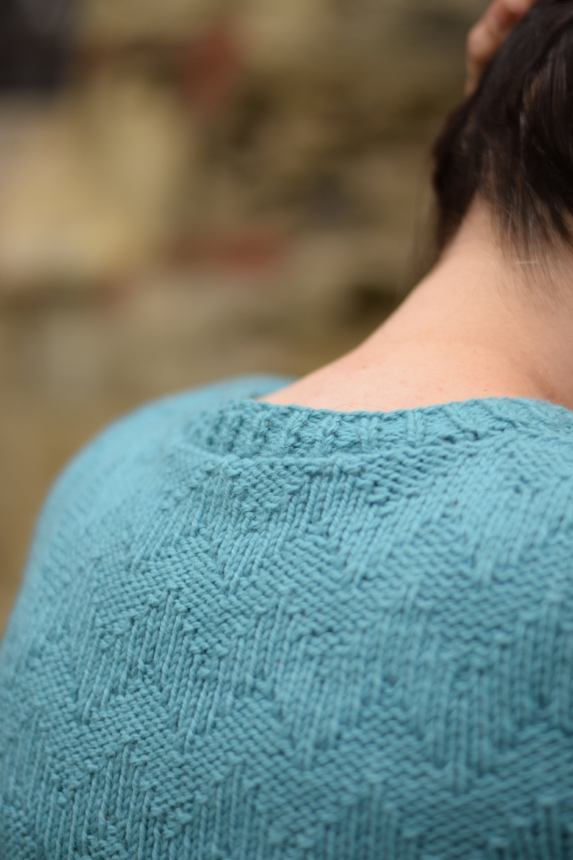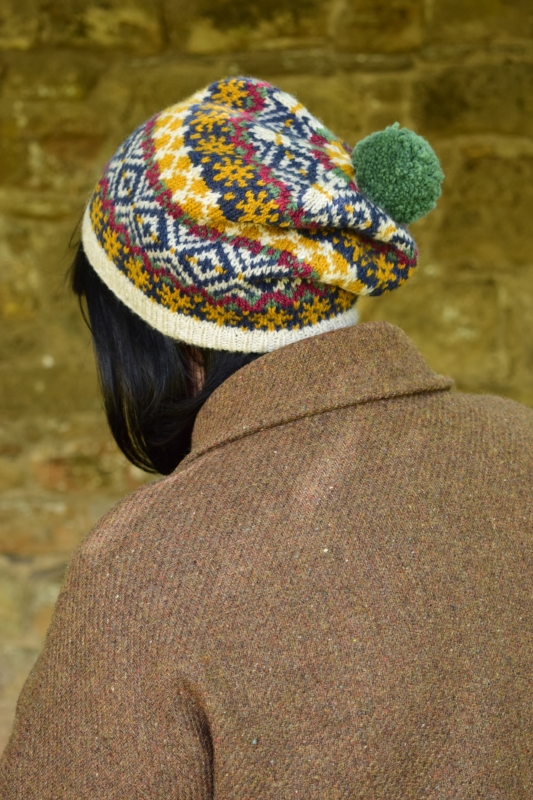A couple of years ago I posted this little survival guide to knitting festivals. With the Edinburgh Yarn Festival just a few days away, I thought it was time to revisit the guide and share some of my favourite tips!
Attending a fibre festival is always a great day (or weekend) out. You are surrounded by people who love the same activities as you do, and you get to do some serious knitwear-spotting too. It can also be a really exhausting time because there are just so many things to see and do - and you might find yourself so overwhelmed that you end up leaving empty-handed and slightly burned out.
- Plan ahead. Start by looking through the vendor list and visit their websites, so you know roughly what to expect. Make a short-list of your must-visit vendors and grab the official EYF marketplace map to find out where their stalls are. This stops you from feeling completely overwhelmed by all the squishy yarn goodness on offer!
- Plan ahead, pt 2. Look through your Ravelry queue and make a note of yarn requirements for those must-knit-next patterns in your queue. Do the same for any needles or hooks you may want to pick up at EYF. You don't want to buy a 3mm needle when you actually wanted a 3.25mm needle! And nothing's worse than picking up a perfect skein of yarn and then realising the pattern calls for two skeins!
- Plan ahead, pt 3. If you are meeting up with far-flung friends at EYF, make sure you have exchanged phone numbers before heading out! Also make sure to describe yourself ("I'm short with curly brown hair and will be wearing a blue/white/yellow Speckle & Pop shawl ") if you are meeting up with internet friends who may not have met you before.
- Food. If you have special dietary requirements, always make sure to bring a back-up lunch. Personally I always carry some bottled water to keep myself hydrated and a small bag of mixed nuts to snack on so my blood sugar stays level throughout the day.
- Bags. Scotland has implemented the carrier bag charge (very good news for the environment!) so remember to bring your own carrier bags. You can also buy gorgeous tote bags at the event, of course.
- Wear sensible shoes! You will be on your feet most of the day, so leave your high heels at home. I hear the "wear sensible shoes!" advice all the time and yet I keep seeing miserable-looking people in high-heeled boots at events.
- Budget. Unless you are a multi-millionaire, chances are that you will have to make some tough decisions at EYF. Decide before you leave home how much you are going to spend. Decide how much you'll spend on yarn, how much on notions, and how much on cute accessories like tote bags, mugs etc. Then leave room in your budget for impulse buys. Even the smallest budget should have an impulse buy allowance. You will fall in love with something unexpected.
- Travel. The EYF website contains everything you need to know about transport, so make sure you know your train times and keep your tickets in a safe spot. Allow yourself plenty of time to get to and from the venue. Make sure you have a perfect travel project on the go - travelling to a fibre festival is part of the festival fun!
- Be Prepared! If you are taking a class, make sure you know what you need to bring 5 days before you need it. Then you will have time to stash-dive or pop into your nearest LS before the event itself.
- Be Social! Say hello to people! Smile and talk knitting while you are waiting in a queue. Let strangers know how awesome their cardigan is. Enjoy the atmosphere. If a vendor or a tutor has been especially incredible, let them know! Take pictures of amazing things and share them on the internet. Use hashtags both during the weekend and afterwards when you share your memories.
- Remember to Breathe. Fibre festivals can be exhausting (especially because so many of us are introverts). If you get tired, take a break. If you need some fresh air, go for a short walk. Nothing is more important than you enjoying yourself, so be kind to yourself rather than push through. The perfect buttons will still be there ten minutes later.
- And just have fun! This is going to be one of the highlights of your year.
I will be teaching three classes and also floating about before/after the classes. Please do say hello if you see me! This Thing of Paper will be available from selected vendors at the festival, and I'm always very happy to chat about it.
If you have any good yarn festival tips, please leave them in the comments!


















